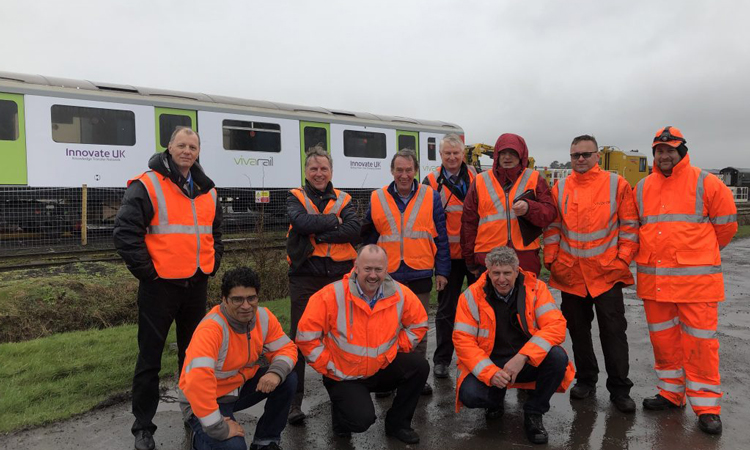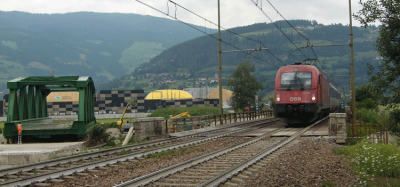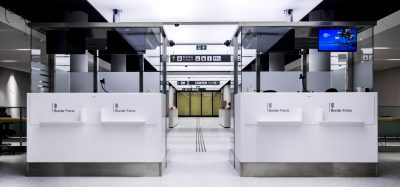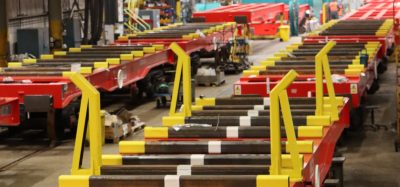A fast-charging system has been revealed for Class 230 battery trains
Posted: 20 March 2019 | Global Railway Review | No comments yet
The capabilities of the patented fast-charge system have been successfully demonstrated to the Department for Transport and Innovate UK.


Vivarail has launched a fast-charge system for the Class 230 battery trains – the UK’s only battery train with a range of 60 miles between charges.
The demonstration marked the conclusion of a 12-month project supported by a grant from the Accelerating Innovation in Rail 4 competition, funded by the Department for Transport and delivered by Innovate UK.
Vivarail is the only UK company with an operational battery train with a range of 60 or more miles between charges and the accompanying charging system. The combination of the train and the new charging system provide owners and operators a working emission-free train.
Adrian Shooter, CEO of Vivarail, said: “Having procured, operated and maintained trains over many years my aim with the Class 230 has always been to build a train that delights passengers and operators. I know how important it is to the public and the industry as a whole to phase out diesel units and our battery train is paving the way for that to take place today not tomorrow. This train can be easily brought into service saving huge amounts of spend on electrification and infrastructure.”
Vivarail previously ran the Class 230 battery train as a passenger train on the Bo’ness & Kinneil Railway with the support of Transport Scotland and Scotrail in October 2018. That trial demonstrated that the battery train was able to provide a reliable and consistent service and proved that the electronic control systems were fully functional.
Kelvin Davies, Innovation Lead for Rail at Innovate UK, said: “We know that travelling or moving goods by train is more sustainable for the environment. Yet the challenge remains to encourage new technology and new thinking to make it more environmentally friendly. What the Vivarail project team have achieved is extremely encouraging in supporting the delivery of battery-powered rolling stock in the UK. Exploring the opportunity offered by this technology is crucial in delivering the Department for Transport’s future national rail strategy, supported by Innovate UK. As we move away from diesel traction the expertise developed in this project will promote the UK as being at the forefront of this exciting growth area.”
The development of the accompanying fast-charging system means the trains have an extremely wide application across the country. The system comprises short sections of third and fourth rail which connect to the train via shoegear. The train pulls to a stop at the terminus and the shoegear connects to the rail to draw the current at an extremely high rate which is crucial as it ensures the train continues to meet timetabling demands.
Due to the high currents required for the train, Vivarail uses a carbon ceramic shoe able to withstand the heat generated in the process – without this shoe the charge time would make operational running unfeasible.
Charge times can be as little as seven minutes and the range of over 60 miles between charges gives operators a wide choice of potential lines to run zero emission trains.
Unlike electrified trains, a battery train needs to draw a lot of power in a short space of time which can cause problems with the electrical supply. To overcome this Vivarail completed the suite of equipment with a battery bank. This consists of packaged second-use batteries and is connected to the main grid to trickle charge itself continuously. It is the power stored in the battery bank that is then ‘dumped’ into the train in the short time available.
Related topics
Infrastructure Developments, Rolling Stock Orders/Developments








